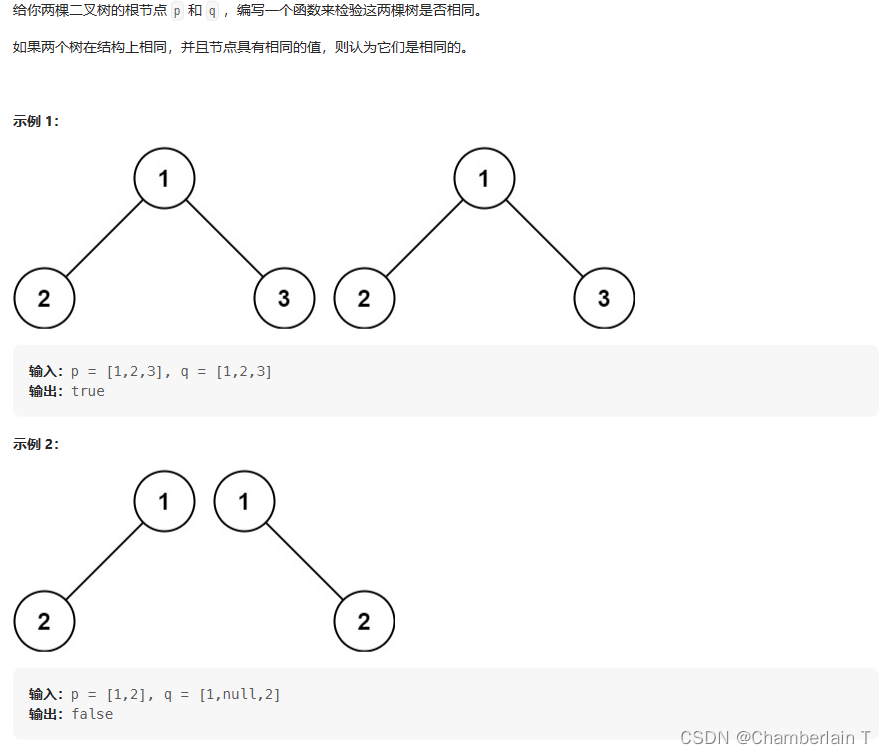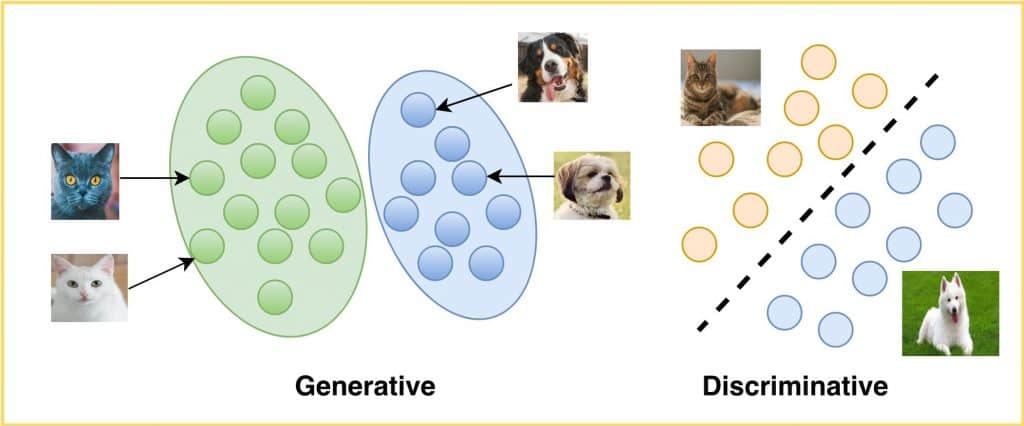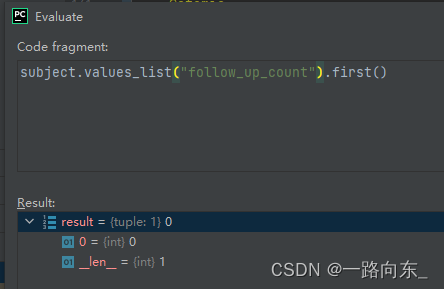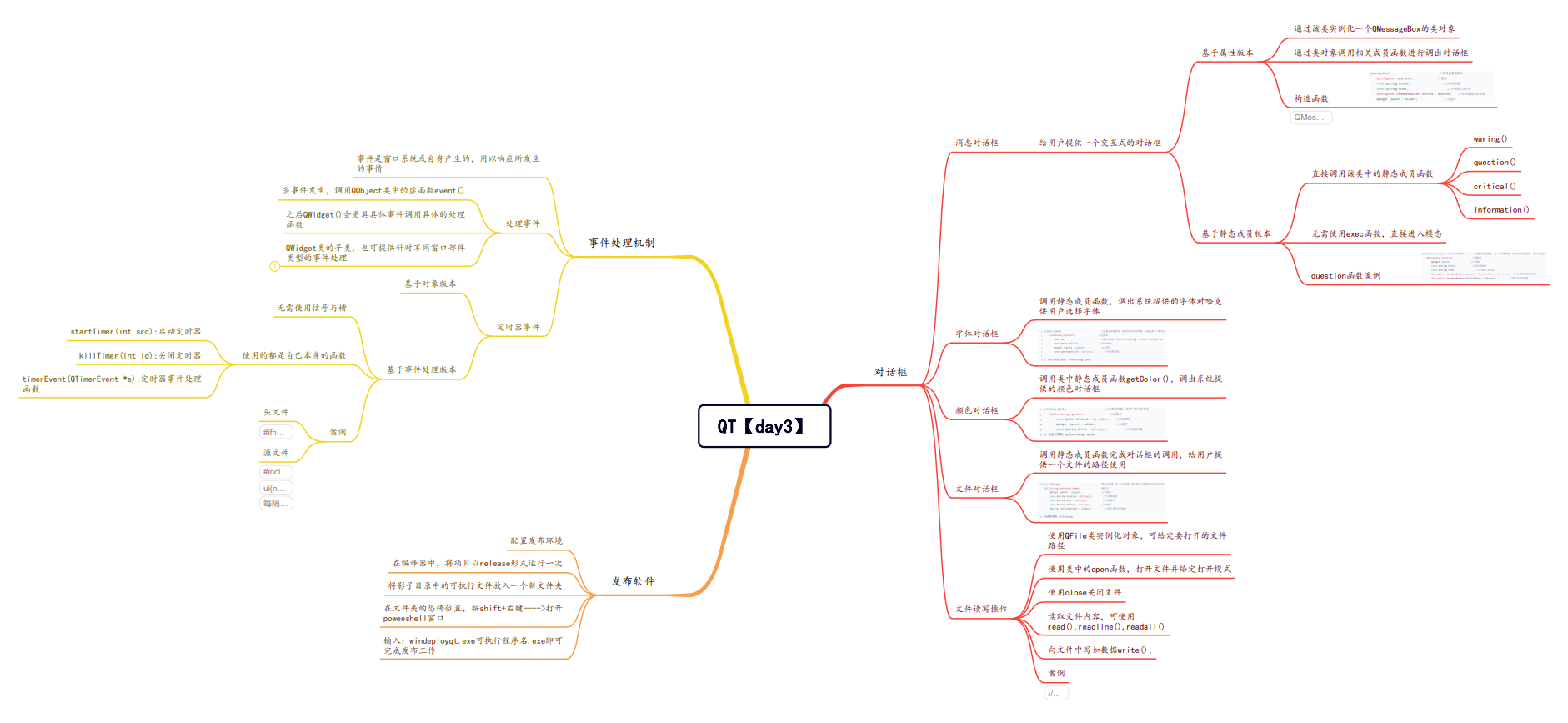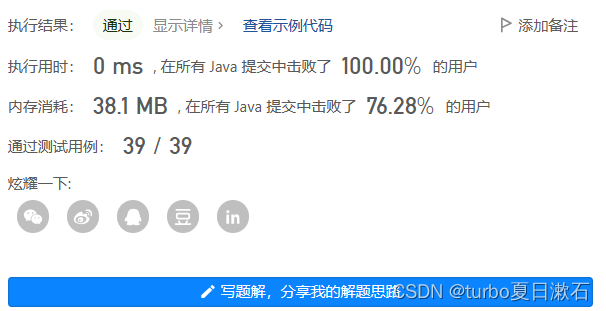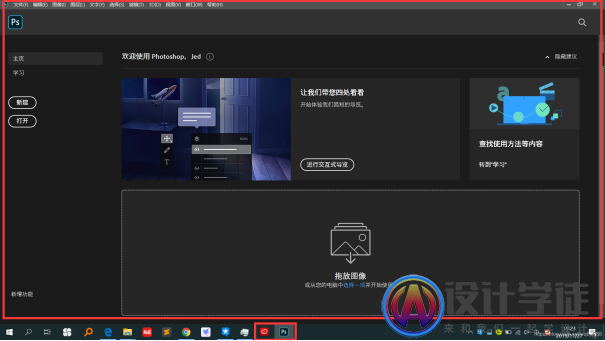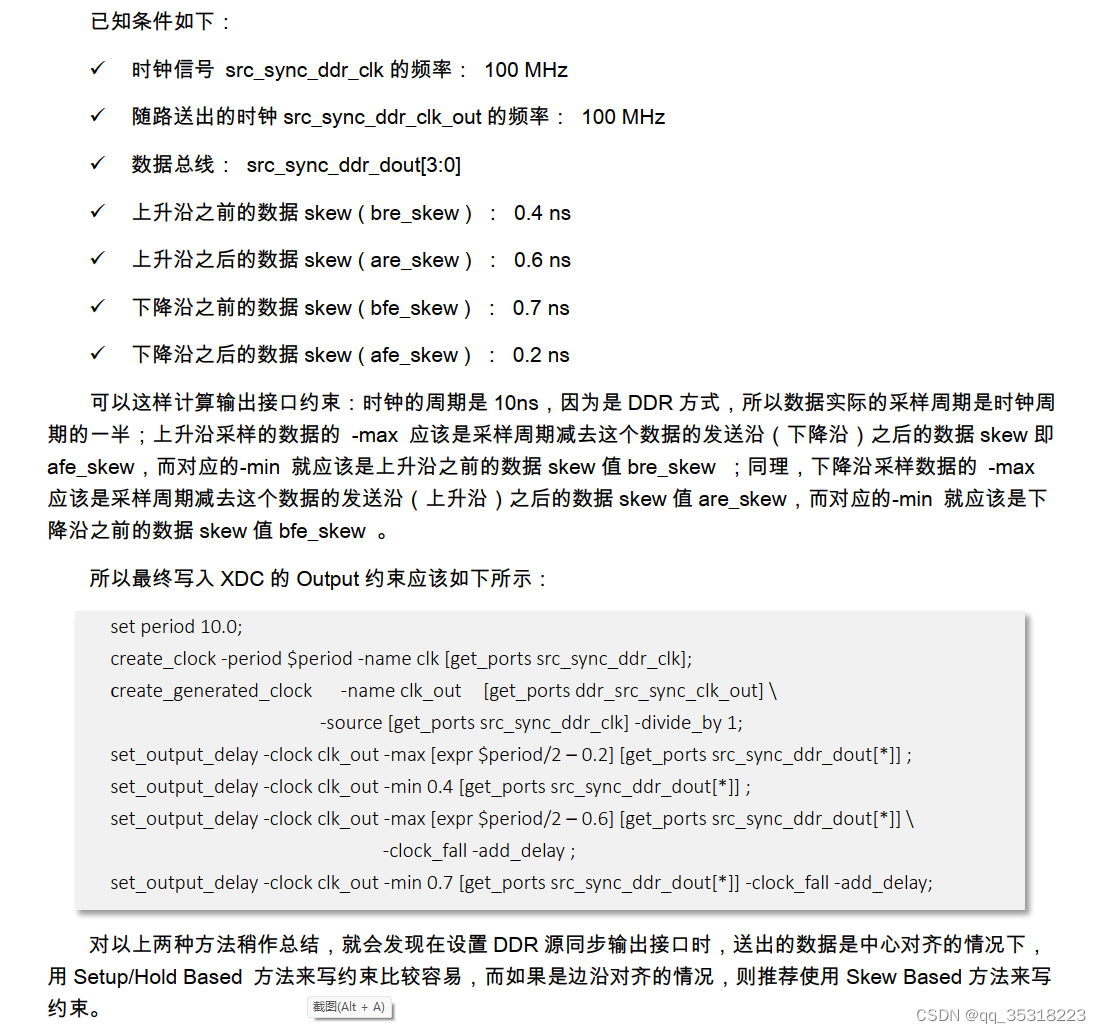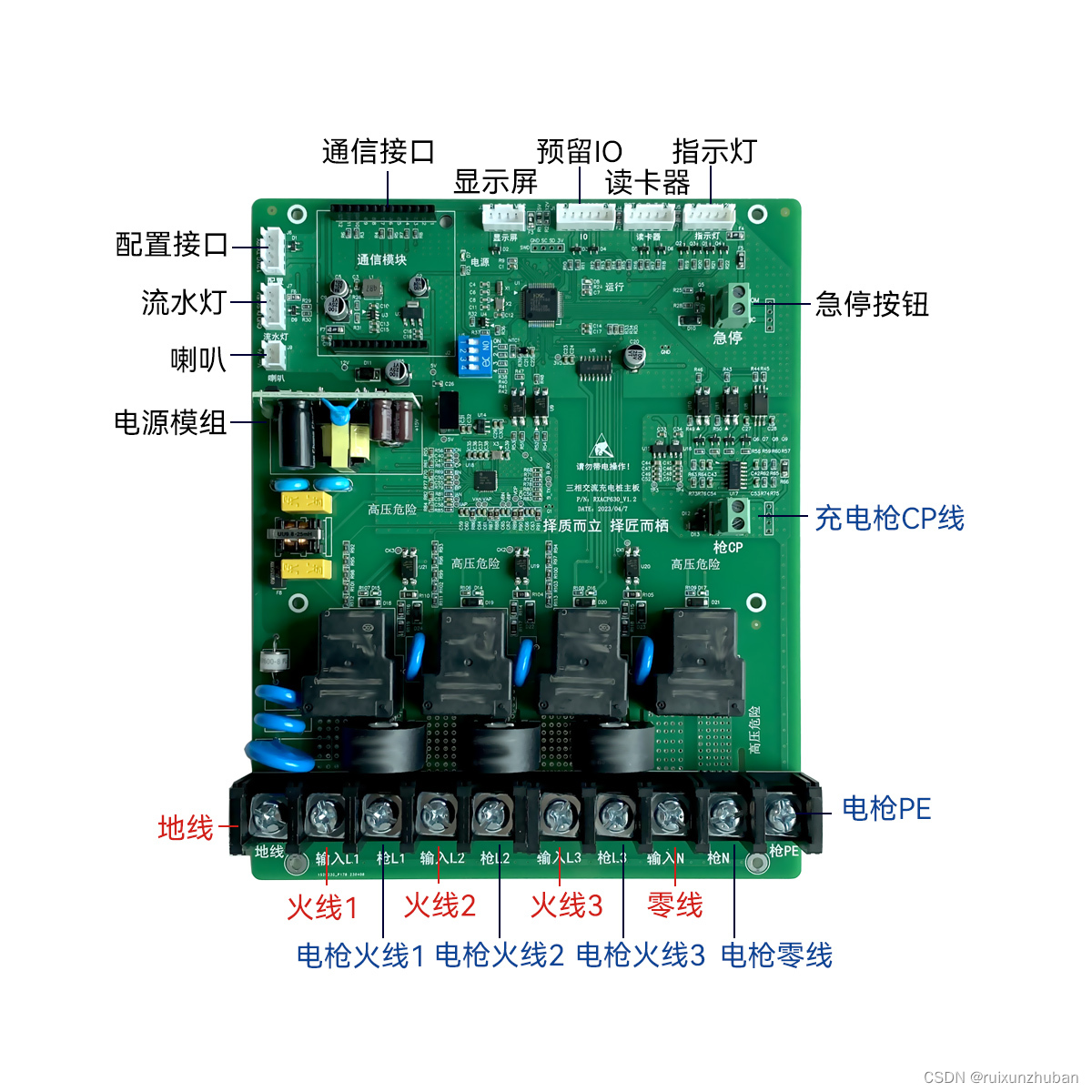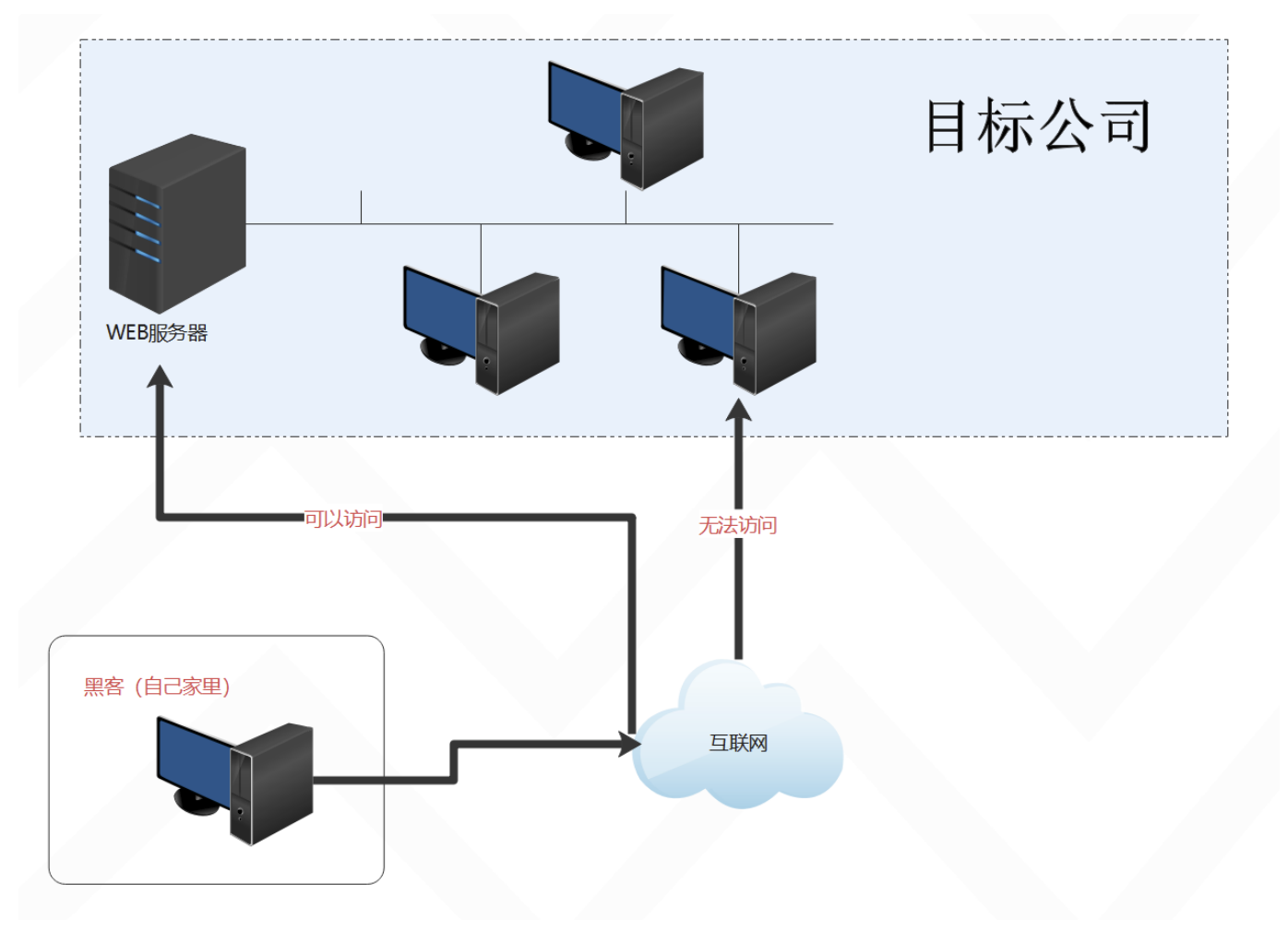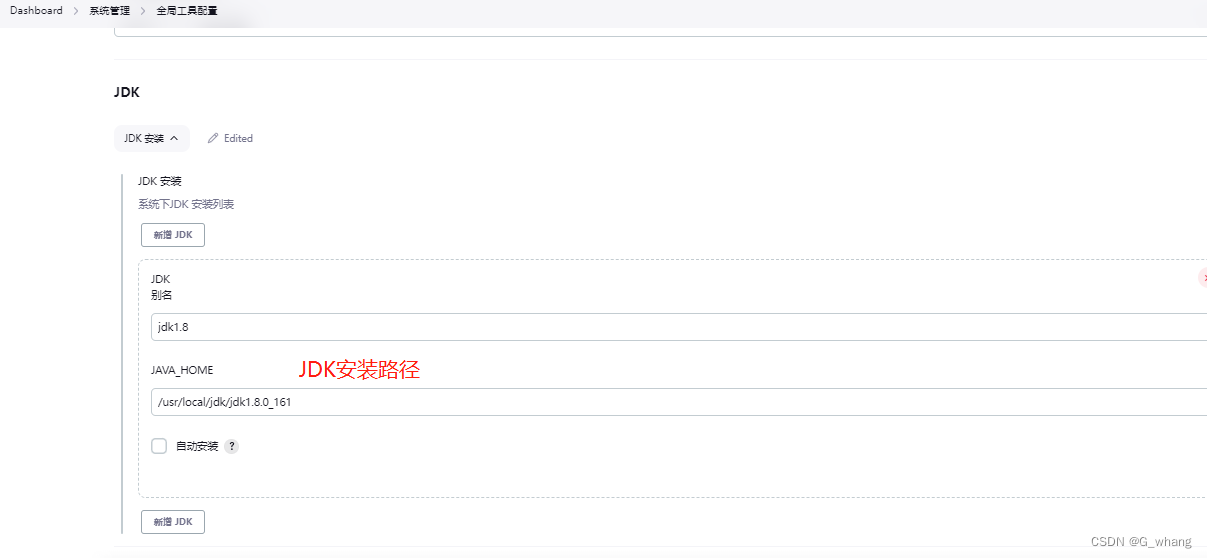tinkerCAD案例:21. Custom Stamp 定制印章
原文
tinkerCAD案例:22. Backpack Zipper Pull 背包拉链头
Lesson Overview: 课程概述:
Now we’re going to make a zipper pull!
现在我们要做一个拉链头!

Your backpack, however, goes with you everywhere! And how do you close your backpack? Probably zippers!
然而,你的背包随身携带!你如何关闭背包?可能是拉链!
We’ll get you started on a basic zipper pull, but where you go with it is up to you!
我们将让您开始使用基本的拉链头,但您去哪里取决于您!

The first function of a zipper pull is to make a comfortable grip for our fingers. We’re going to create a texture that adds traction to the pull, and to easily and quickly do that, we’re going to make a pattern.
拉链头的第一个功能是使我们的手指舒适地抓握。我们将创建一个纹理,增加牵引力,为了方便快捷地做到这一点,我们将制作一个图案。
First, we’ll create the object to pattern.
首先,我们将创建要模式的对象。
Instructions 指示
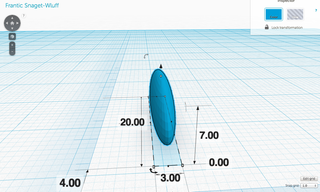
说明
-
Drag a sphere from the geometric shapes menu onto the workplane.
将球体从几何形状菜单拖动到工作平面上。
-
Resize the sphere so it is 3 mm wide, 20 mm deep and 7 mm tall.
调整球体大小,使其宽 3 毫米、深 20 毫米、高 7 毫米。
-
Continue to the next step.
继续执行下一步。 -
This step will duplicate the sphere to make the rest of the grip.
此步骤将复制球体以制作其余的抓地力。Tinkercad has a Smart Duplicate function that will watch how you are changing your duplicate and then it will repeat that change every time you make a new duplicate. This helps make patterns easy!
Tinkercad有一个智能复制功能,它将监视您如何更改副本,然后在每次创建新副本时都会重复该更改。这有助于简化模式!Instructions 指示
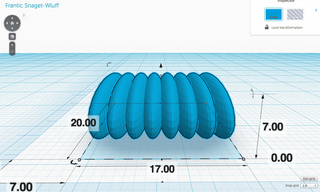
说明
-
Select the sphere, and then, from the Edit menu, click Duplicate to make an exact copy.
选择球体,然后从“编辑”菜单中,单击“复制”以制作精确副本。
-
Using the arrow keys, nudge the copy 2 mm to the right.
使用箭头键,将副本向右轻推 2 毫米。
-
Duplicate this object 7 more times. You’ll notice that Duplicate is now nudging your duplicates for you!
再复制此对象 7 次。您会注意到重复项现在正在为您轻推您的重复项!
-
Group your spheres so they are easier to work with.
对球体进行分组,以便更易于使用。
-
Continue to the next step.
继续执行下一步。 -
This object would not print easily on a 3-D printer since it has a round bottom. Your 3D printer really wants a nice flat surface on the first layer to anchor your part as it prints.
这个物体不会在3D打印机上轻松打印,因为它有一个圆底。您的3D打印机确实希望在第一层上有一个漂亮的平坦表面,以便在打印时锚定零件。So, let’s make the bottom flat!
所以,让我们把底部做平!Instructions 指示

说明
-
Drag out a box to the workplane and resize it so that it is 1 mm tall, 20 mm deep and 20 mm wide.
将一个框拖到工作平面上并调整其大小,使其高 1 毫米、深 20 毫米、宽 20 毫米。
-
Turn the box into a hole by clicking the hole button on the inspector.
通过单击检查器上的孔按钮将盒子变成一个洞。
-
Slide the spheres on top of the new flat box.
将球体滑动到新的平面框顶部。
-
Select everything and click the group button. The box will cut off the bottom of the spheres to make them flat.
选择所有内容,然后单击组按钮。盒子将切断球体的底部以使它们平坦。
-
Continue to the next step.
继续执行下一步。 -
This step will create an attachment loop for connecting your zipper to the zipper pull.
此步骤将创建一个连接环,用于将拉链连接到拉链头。Instructions 指示

说明
-
Drag a light blue curved roof to the work area.
将浅蓝色弧形屋顶拖动到工作区。
-
Rotate it so one of the two flat ends is facing down, then lift it one mm off of the workplane (1mm along the Z axis)
旋转它,使两个平端中的一个朝下,然后将其抬离工作平面一毫米(沿 Z 轴 1 毫米)
-
Resize the object so it is 12mm along the Y axis, 20mm along the X axis and 4mm along the Z axis.
调整对象大小,使其沿 Y 轴为 12mm,沿 X 轴为 20mm,沿 Z 轴为 4mm。
-
Select the blue spheres and the roof object and center these two objects along the Y and Z axes. Make sure about 5mm of the roof extends past our patterned grip.
选择蓝色球体和屋顶对象,并沿 Y 轴和 Z 轴将这两个对象居中。确保屋顶的大约 5 毫米延伸到我们的图案手柄。
-
Select all the items by pressing Command-A on a Mac or Control-A on a Windows machine and then click group in the upper right corner.
通过在 Mac 上按 Command-A 或在 Windows 计算机上按 Control-A 来选择所有项目,然后单击右上角的组。
-
Continue to the next step.
继续执行下一步。 -
This last step cuts a hole in the top of the zipper pull so you can thread a key-ring or a wire through it.
最后一步在拉链头的顶部切开一个孔,以便您可以将钥匙圈或电线穿过它。Instructions 指示

说明
-
Drag a cylinder to the workplane and resize it to 5 mm tall, and 3 mm in diameter. Turn it into a hole.
将圆柱体拖动到工作平面上,并将其调整为 5 毫米高、3 毫米直径。把它变成一个洞。
-
Move it to the center of the round roof.
将其移动到圆形屋顶的中心。
Build a Spork for Outer Space 为外太空建造叉
Lesson Overview: 课程概述:
Now we’re going to make a spork!
现在我们要做一个叉!
Who decided a fork was a good idea?
谁决定分叉是个好主意?
I mean, don’t get me wrong, I use one everyday, and you probably do, too.
我的意思是,不要误会我的意思,我每天都使用一个,你可能也会这样做。
But not everyone does, and forks have only been in common use through out Europe and the Americas for about 200 years! And forks from thousands of years ago look nothing like the tools of today.
但并不是每个人都这样做,叉子在欧洲和美洲只普遍使用了大约 200 年!几千年前的叉子看起来完全不像今天的工具。
Then we have a relatively new invention, the Spork! Half spoon, half fork! Whoa!
然后我们有一个相对较新的发明,半勺子,半叉子!哇!
A small change, an appreciable difference.
一个小变化,一个明显的差异。
What change comes next? What would we be designing, today, if the fork wasn’t in wide use? Are we missing the next best thing?
接下来会发生什么变化?如果前叉没有被广泛使用,我们今天会设计什么?我们是否错过了下一个最好的东西?
Only one way to find out, design a better utensil!
只有一种方法可以找出答案,设计一个更好的器皿!
Instructions 指示
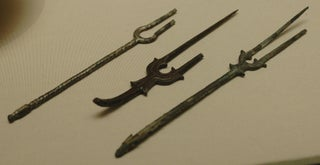
说明
-
Continue to the next step.
继续执行下一步。 -
Let’s think about the basic function of a spoon. A spoon is a mouth-sized bowl for moving a small volume liquid food.
让我们考虑一下勺子的基本功能。勺子是一个嘴巴大小的碗,用于移动少量液体食物。So we need to make a mouth sized bowl. That tells me we want a round shape that is no larger than about 40mm wide (I cheated, I measured an existing spoon, please don’t tell anyone!)
所以我们需要做一个嘴巴大小的碗。这告诉我我们想要一个不超过 40 毫米宽的圆形(我作弊了,我测量了一个现有的勺子,请不要告诉任何人!Let’s make that shape, now.
现在让我们做这个形状。Instructions 指示
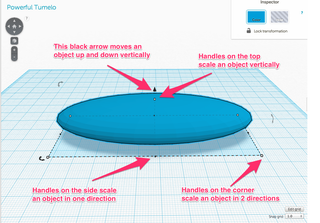
说明
1. Drag out a sphere to the workplane and make it 100mm long, 40mm wide, and 20mm tall.
将球体拖到工作平面上,使其长 100 毫米、宽 40 毫米、高 20 毫米。
------
2. Continue to the next step.
继续执行下一步。
-
Now, a bowl isn’t a full sphere, it’s a hemi-sphere (half a sphere).
现在,碗不是一个完整的球体,它是一个半球体(半个球体)。The top part of our spork needs to be flat, so we need to remove the top of our squished oval so that we have a flat surface.
叉的顶部需要平坦,因此我们需要去除挤压椭圆形的顶部,以便我们有一个平坦的表面。Why didn’t we start with a hemi-sphere? Because, by trimming a sphere, we can choose where we want the bowl to begin or end. We might need this adjustability when we test our spork!
我们为什么不从半球开始?因为,通过修剪球体,我们可以选择我们希望碗开始或结束的位置。当我们测试我们的叉时,我们可能需要这种可调节性!Instructions 指示
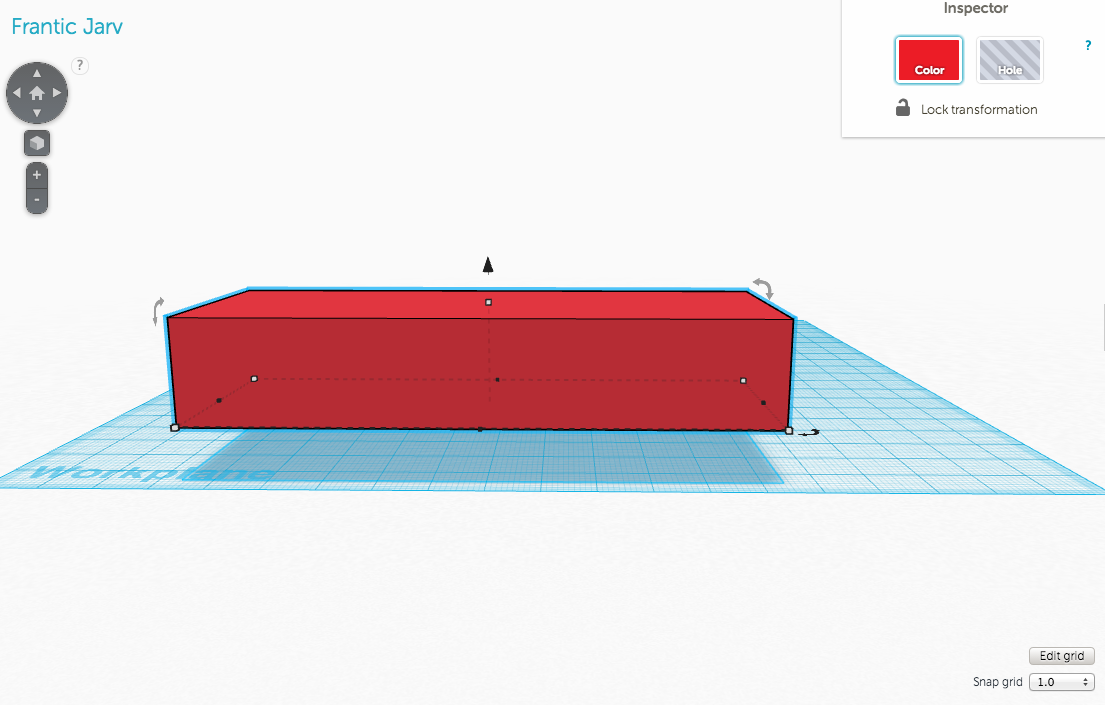
说明
-
Drag out a box to the workplane and make it 110mm long, 40mm wide, and 20mm tall.
将一个盒子拖到工作平面上,使其长 110 毫米、宽 40 毫米、高 20 毫米。
-
Use the Z Axis translation arrow to pull the box 10mm off of the workplane.
使用 Z 轴平移箭头将盒子从工作平面上拉出 10 毫米。
-
Turn the box in to a hole and then use the Align tool to center the box over the oval along the X and Y axis
将框转为孔,然后使用“对齐”工具沿 X 轴和 Y 轴将框在椭圆上居中
-
Select both of the objects and group them.
选择两个对象并对其进行分组。
-
Continue to the next step.
继续执行下一步。
-
-
Now, we need to make a hollow for our food.
现在,我们需要为我们的食物做一个空心。We may think of a spoon as a thin piece of metal in a bowl shape, but when we’re designing one, we need to build it out of positive and negative spaces.
我们可能认为勺子是一块碗形的薄金属,但是当我们设计勺子时,我们需要用正负空间来构建它。So the bowl is a spherical hollow that intersects with a solid hemi-sphere. I
所以碗是一个球形的空心,与一个实心半球相交。我t’s a novel thing to think of the world in this way, which is why we’re taking the care to share this with you.
以这种方式思考世界是一件新奇的事情,这就是为什么我们小心翼翼地与您分享这一点。Instructions 指示
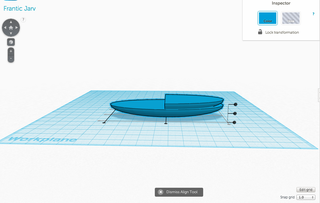
说明
-
Copy and paste our object to the side of the original so we can work on it.
将我们的对象复制并粘贴到原始对象的一侧,以便我们可以对其进行处理。
-
Drag out a box to the Workplane and make it 50mm long, 50mm wide, and 20mm tall.
将一个框拖到工作平面上,使其长 50 毫米、宽 50 毫米、高 20 毫米。
-
Align the box so that it is centered on our copied shape on the Y and Z axes but so it shares the lower limit on the X axis.
对齐框,使其在 Y 轴和 Z 轴上以我们复制的形状为中心,但使其在 X 轴上共享下限。
-
Turn the box into a hole and group it with our copied shape.
将盒子变成一个洞,并将其与我们复制的形状分组。
-
Select this new shape and drag its Z translation handle up 5mm.
选择此新形状并将其 Z 平移手柄向上拖动 5 毫米。
-
Use the Align tool to center this new shape to our original hemi-sphere along the Y and Z axes, and align them to the upper limit along the X axis,
使用对齐工具沿 Y 轴和 Z 轴将此新形状居中到原始半球体,并沿 X 轴将它们与上限对齐,
-
Turn the bowl shape into a hole and group it with the hemi-sphere.
将碗形变成一个孔,并将其与半球分组。
-
Continue to the next step
继续执行下一步
-
-
Good job making the spoon! We’re taking design of this tool one step at a time. Isn’t it fun watching it take shape?
做勺子干得好!我们正在一步一步地设计这个工具。看着它成形不是很有趣吗?Now it’s time to shape the fork. What are some characteristics of a fork?
现在是时候塑造叉子了。叉子有哪些特点?Well, a fork is a set of sharp, narrow tines, generally uniform in length.
嗯,叉子是一组锋利、狭窄的尖齿,长度通常均匀。An oval, however, is not conducive to making tines of uniform length. Let’s fix that.
然而,椭圆形不利于制作长度均匀的尖齿。让我们解决这个问题。Instructions 指示
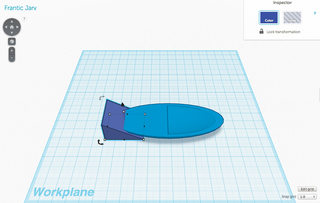
说明
1. Drag a wedge shape to the workplane.
将楔形拖动到工作平面上。
------
2. Rotate the wedge around it's Z axis 90° (clock wise) so that it points in the positive direction along the X Axis.
将楔块绕其 Z 轴旋转 90°(顺时针),使其沿 X 轴指向正方向。
------
3. Make the wedge 34mm long (along the X axis), 30mm wide (Y axis), and 20mm tall (Z axis).
使楔块长 34 毫米(沿 X 轴),宽 30 毫米(Y 轴),高 20 毫米(Z 轴)。
------
4. Move the wedge so that it fits within the hint.
移动楔形,使其适合提示。
------
5. This shape and its position are arbitrary, meaning there are plenty of opportunities to tune these values.
这种形状及其位置是任意的,这意味着有很多机会来调整这些值。
------
6. Turn this wedge into a hole and group it with your spoon.
把这个楔子变成一个洞,用勺子把它组合在一起。
------
7. Continue to the next step.
继续执行下一步。
-
Now we have a spoon on one side and the uniform length of a fork on the other. Ready to cut the tines?
现在我们的一侧是勺子,另一侧是叉子的统一长度。准备好切割尖齿了吗?Like we used a negative space to define the bowl of the spoon, we’re going to use negative spaces to define the shape of the tines.
就像我们使用负空间来定义勺子的碗一样,我们将使用负空间来定义尖齿的形状。Instructions 指示
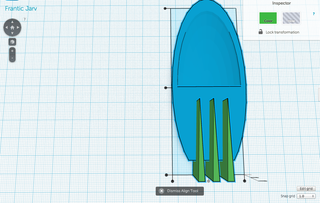
说明
1. Drag out a green roof to the workplane.
将绿色屋顶拖到工作平面上。
------
2. Rotate the roof 90° about its Z axis, and then again 90° about its Y axis so that it points in the positive direction along the X axis.
将屋顶绕其 Z 轴旋转 90°,然后绕其 Y 轴旋转 90°,使其沿 X 轴指向正方向。
------
3. Resize the roof so that it is 40mm long (along the X axis) and 3mm wide (along the Y axis).
调整屋顶大小,使其长 40 毫米(沿 X 轴)和宽 3 毫米(沿 Y 轴)。
------
4. Align the roof to the center of the Spork along the Y axis and the bottom limit of the Z axis. The alignment along the X axis is, again, arbitrary. Adjust the length and position of these roofs as an experiment!
沿 Y 轴和 Z 轴的下限将屋顶与 Spork 的中心对齐。沿 X 轴的对齐再次是任意的。调整这些屋顶的长度和位置作为实验!
------
5. Duplicate the green roof twice and move the Duplicates 7mm along the Y Axis, one in the the positive direction and one in the negative direction.
复制绿色屋顶两次,然后沿 Y 轴移动复制 7 毫米,一个在正方向,一个在负方向。
------
6. Select your three roof objects, turn them into a group and turn this group into a hole.
选择三个屋顶对象,将它们变成一个组,然后将这个组变成一个洞。
------
7. Now group the tines with the rest of the spork, and we're done!
现在将尖齿与其余的叉分组,我们就完成了!
------
8. Continue to the next step.
继续执行下一步。
-
Now here’s where designs become a challenge. Not all designs are easy to manufacture. 3D printing can produce things other tools can, but there are still limits.
现在,设计成为挑战。并非所有设计都易于制造。3D打印可以生产其他工具可以生产的东西,但仍然存在局限性。For example, 3D printers can’t print on top of empty space. These features, called overhangs, will cause the 3D printer to dispense material into thin air.
例如,3D打印机不能在空白空间上打印。这些特征称为悬垂,将导致3D打印机将材料分配到稀薄的空气中。To accomplish prints with overhangs, 3D printers use “support scaffolding” or printed temporary supports to hold up the part. This material can be removed but may require some “Finishing Work” such as sanding.
为了完成带有悬垂的打印,3D打印机使用“支撑脚手架”或打印的临时支撑来支撑零件。这种材料可以去除,但可能需要一些“整理工作”,例如打磨。It’s best to minimize this finishing work.
最好尽量减少这种整理工作。To minimize this work, we’ll rotate our final design around its Y axis.
为了尽量减少这项工作,我们将围绕其 Y 轴旋转最终设计。The least amount of finishing work will be required if we rotate it 90° so that its tines are pointing down.
如果我们将其旋转 90°,使其尖齿朝下,则需要最少的精加工工作。However, rotating it 180° about the Y axis may be a more stable way to print.
但是,绕 Y 轴旋转 180° 可能是一种更稳定的打印方式。Experiment with both! 两者兼而有之!
Instructions 指示
说明
-
Drag out a green roof to the workplane.
将绿色屋顶拖到工作平面上。
-
Rotate the roof 90° about its Z axis, and then again 90° about its Y axis so that it points in the positive direction along the X axis.
将屋顶绕其 Z 轴旋转 90°,然后绕其 Y 轴旋转 90°,使其沿 X 轴指向正方向。
-
Resize the roof so that it is 40mm long (along the X axis) and 3mm wide (along the Y axis).
调整屋顶大小,使其长 40 毫米(沿 X 轴)和宽 3 毫米(沿 Y 轴)。
-
Align the roof to the center of the Spork along the Y axis and the bottom limit of the Z axis. The alignment along the X axis is, again, arbitrary. Adjust the length and position of these roofs as an experiment!
沿 Y 轴和 Z 轴的下限将屋顶与 Spork 的中心对齐。沿 X 轴的对齐再次是任意的。调整这些屋顶的长度和位置作为实验!
-
Duplicate the green roof twice and move the Duplicates 7mm along the Y Axis, one in the the positive direction and one in the negative direction.
复制绿色屋顶两次,然后沿 Y 轴移动复制 7 毫米,一个在正方向,一个在负方向。
-
Select your three roof objects, turn them into a group and turn this group into a hole.
选择三个屋顶对象,将它们变成一个组,然后将这个组变成一个洞。
-
Now group the tines with the rest of the spork, and we’re done!
现在将尖齿与其余的叉分组,我们就完成了!
-

